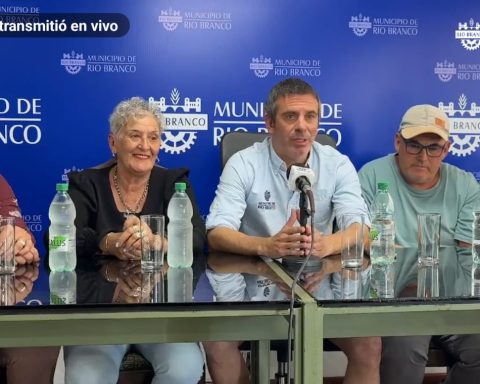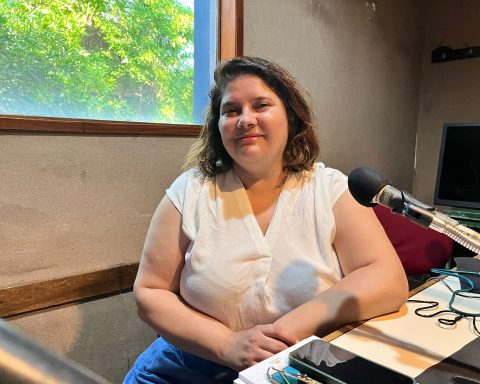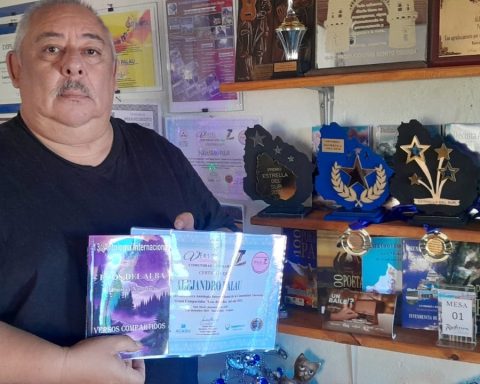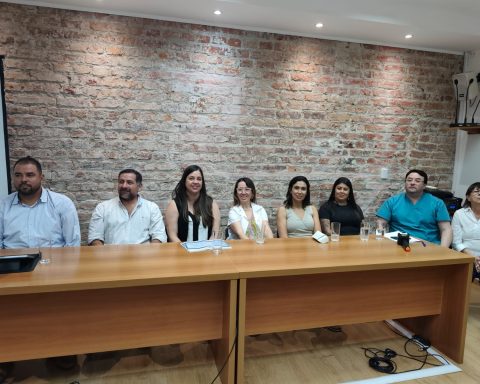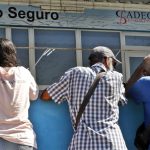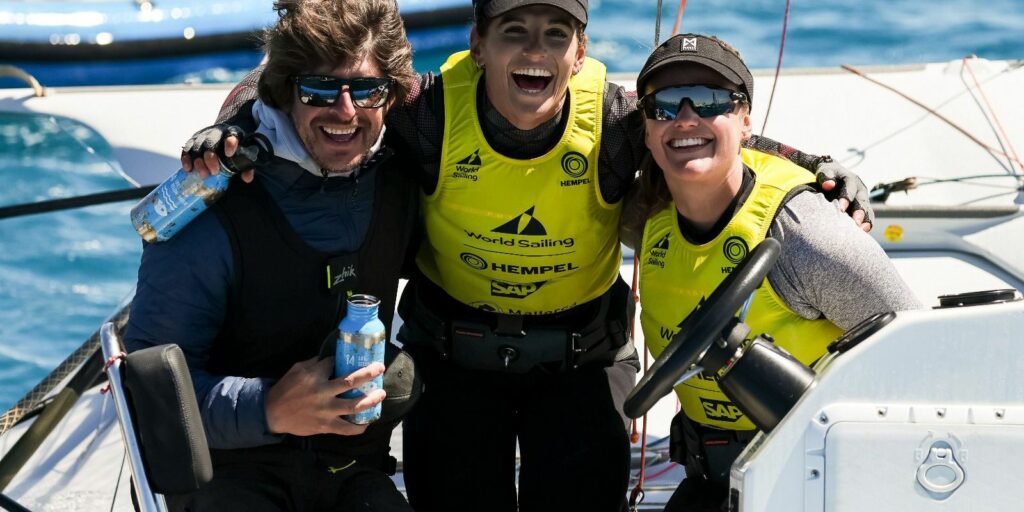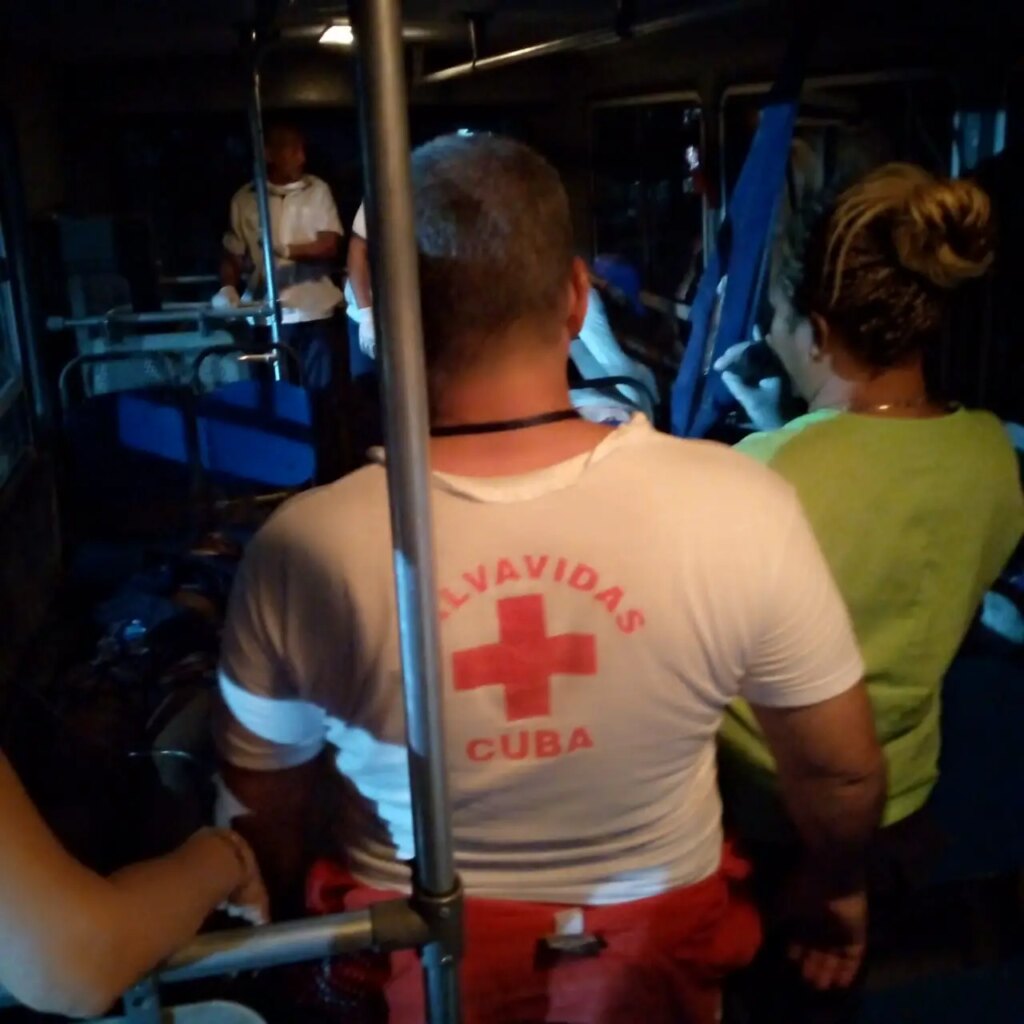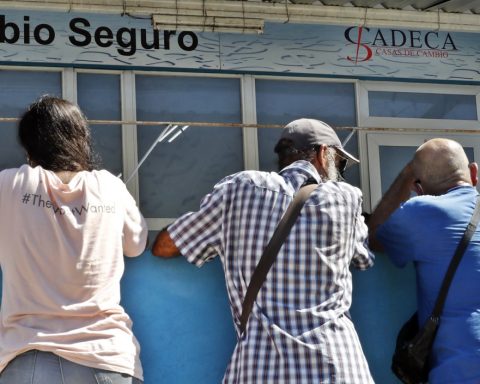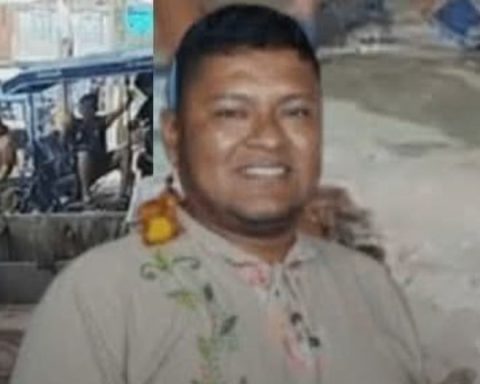The dead do not speak, but the numbers do: 29 children, 112 young people, 675 adults and 4,479 older adults died last year in Uruguay and their cause of death is a mystery. His bodies were buried, cremated or perhaps thrown into the sea as an expression of his last wish, but the reasons for his death make up a black hole in official statistics.
Uruguay, unlike Ukraine, is not in a war where the dead accumulate in mass graves without family members being able to identify their fallen. Nor does it have hurricanes, as in Puerto Rico, where the collapse of houses and the electrical network for months left hundreds without breathing. It lacks the loneliness of Sweden where many veterans die in their remote homes without the neighbors knowing. Nor does it have the deficient statistics of Venezuela, which has been years behind in reporting deaths.
But in this hyper-digitized Uruguay, where “we all know each other”, where access to health care is supposed to be universal and where statistics escape political spoils, 13.5% of deaths in the last year —read 5,295 among the total of 39,318 deaths for any reason— could not be classified into a specific cause of death. This is confirmed by the preliminary data from Vital Statistics of the Ministry of Health to which El Observador had access and which, if analyzed over the years, show an ever-growing black hole.
“It is inadmissible that Uruguay has these figures of unclassifiable deaths, and it is incomprehensible that journalists care more about these issues than the Ministers of Health or the doctors themselves”. Giselle Tomasso, director of the Montevideo Clinical and Epidemiological Research Unit, does not hide her annoyance, “which exceeds the governments of the day,” and wonders: “How can you plan the health of the population and the treatments if you don’t know what people are dying.”
If unclassifiable deaths were a single cause of death, they would be the third leading cause of death for Uruguayans. They are only surpassed by heart diseases (23% of all deaths) and cancers (20%).
Tomasso directed the Vital Statistics unit of the MSP for seven years. During his tenure, he was the genesis of electronic death certificates. It happens that before, barely a decade ago, doctors completed on paper the document that certified a death and that is a requirement to bury or cremate the body. “The statistics were sometimes delayed for more than a year, plus a host of errors that did not match the belief that Uruguay is the prolific country in the region and that it has the best records.”
Electronic certificates improved the statistics —a little—, but the number of unclassifiable deaths continues to be comparatively high in the region and, above all, has been on the rise since the covid-19 pandemic.
Because? The professor of Legal Medicine, Hugo Rodríguez, admits that the answers are only valid as a hypothesis. In this sense, he says that there is “a number of deaths that, because they do not occur in the care system and do occur in a home, end up being prosecuted”. They go to a forensic review without there being signs of violence or a well-founded suspicion of a crime, the only two reasons provided by law for a corpse to be prosecuted.
In other words: “the doctor who should certify the death does not do so —for fear that they will later claim something from him, due to negligence or a cultural pattern—, a prosecutor who is only looking for an alleged criminal case is allowed to pass. and heForensic experts end up receiving bodies in the morgue that have nothing to do with the crime”.
Rodriguez knows it very well. For 15 years he was a coroner in the morgue and “almost half of the cases that he attended were deaths that had died of natural causes (non-violent) and that the doctors had not completed the certificate accordingly.” The last straw, he remembers, was when an oncologist sent the body of a patient who was over 80 years old and suffered from terminal cancer to the morgue. He had the butterfly on and everything. The body was accompanied by a prescription, signed by that oncologist, which stated the cause of death and “Go to coroner.”
The only one who can give a pass to the coroner is the prosecutor (in the old code it was the judge). There is no medical consultation with a coroner. In fact, when coroners receive a body without signs of violence—without a gunshot wound, other injury, or anything suspicious—they usually don’t autopsy it. They externally review that body and fill out a certificate saying: “Natural death due to undetermined cause.” It is simply an “acknowledgment”.
43% of the expertise that the Forensic Technical Institute attended between 2020 and 2021 had been examinations and the rest autopsies. In Montevideo the figure rises to almost half of the total number of bodies studied.
A practicing coroner, who preferred to remain anonymous, explained to El Observador that “the judicial system is being overloaded with non-judicial cases, when the task of understanding the cause of death should be the responsibility of the Ministry of Health”. According to this doctor, “medical colleagues are sometimes too prejudiced and think that an error in the death certificate is equivalent to a crime: this is not the case, no one knows their patient better than the treating doctor or the person who assisted on the spot, they can see what medicine you take, the medical history and, right or wrong, if it was done in good faith, that information will have much more value for statistics than the lack of data due to fear or negligence”.
Doctors are trained for attention, for cure. In that sense, says Rodríguez, there is “a denial before death. I prefer not to sign it because I don’t know well”.
The judicial recognitions, however, do not explain the totality of deaths without a known cause. In particular, it does not explain it among those over 90 years of age, in which a fifth of deaths fall in that bag of “signs, symptoms and findings not classified elsewhere”.
clinical autopsies
For more than 2,000 years – even before the well-studied death of Jesus that is remembered this week – medicine already resorted to autopsy. And although this word of Greek origin was originally focused on “seeing with the eyes”, in reality science has always been concerned with understanding the fundamental causes, secondary alterations and the effects of treatments that trigger a natural (non-violent) death. ).
In fact, the percentage of clinical autopsies performed by hospitals is an indicator of the quality of care. In the United States, the accreditation of a sanatorium was not allowed if at least 20% of the institution’s deaths were analyzed post-mortem. And the World Health Organization refers to “Between 20% and 40%” of deaths should be studied with the medical historyprocedures, laboratory analysis and revision of fundamental organs.
But in Uruguay “clinical autopsies are marginal, they can be counted on the fingers of one hand”laments Álvaro Villar, director of the Hospital de Clínicas. That is why next month the chair of Legal Medicine will move to this university hospital, “for which the autopsy room is being reconditioned”, and a project will begin that seeks to “improve mortality statistics to make better health policies , to correct procedures, to direct the types of surgeries and to reverse the errors of reasons for death that are noted in the first instance”.
These autopsies will be done as long as there is a doctor’s signature. But, says Villar, “the idea is that family members who have well-founded doubts, and who have medical endorsement because there is justification, can access this benefit that ends up being a right to know what a person died of.”
Professor Rodríguez clarifies that “there are some deaths that, even if we did a full autopsy done by the best of forensics, the cause of death remains unknown.” As an example, he cites a cardiac death due to an arrhythmia without structural damage. “It is impossible to know in a deceased, even though molecular autopsies could give us some clues.” But, he insists, “These few indecipherable deaths are a small part and not the high percentages that Uruguay registers.”
Neonatal and infant deaths are being studied more. In this regard, says Rodríguez, it is very important that doctors and those who classify deaths distinguish between the basic cause of death and the final cause. “An extreme premature weighing 550 grams who dies at five days of life without ever leaving the CTI. The final cause may have been a generalized infection. But it is not that this newborn died from an infectious cause and to prevent these deaths it is necessary to administer antibiotics, but that prematurity must be prevented, which is the true basic cause”.
the doubt before the doubt
They say that three centuries before Christ, King Hiero III doubted that his crown was made of gold, as he had entrusted to his trusted goldsmith. But how to know? The monarch entrusted the physicist Archimedes with the challenge of unveiling the mystery. One afternoon, while Archimedes was bathing, he noticed that the level of the water in the bathtub rose as he submerged. He displaced the amount of water equivalent to the volume of his body. It was then that he said “Eureka!” (I solved it), because under this same principle I could estimate the volume of the crown and know its material.
Before such a large discovery, those who said that the crown was 100% gold and those who could not be right. Under this scientific logic, says coroner Rodríguez, “what is not known cannot be affirmed” and that void is fertile ground for those who want to impose their truth.
The covid-19 pandemic caused Uruguay to register more deaths in the last two years than would be expected for the historical trend. In fact, the preliminary data for 2022 refer to a 16% “excess death” (as the technicians call it).
These deaths that skyrocketed and, above all, those among which the causes of death are unknown ended up feeding “the truth” of those who opposed vaccination against the novel disease caused by the coronavirus. The reasoning —although misleading— is simple: in the pandemic deaths increased and unclassifiable deaths grew. In the pandemic, vaccination against covid-19 began. The conclusion? Vaccines kill.
But both Rodríguez and his medical peers explain that this syllogism lacks scientific foundation, especially when looking at the data from those countries where better statistics are available.
The National Statistics Office of the United Kingdom published last month the update on deaths regardless of their cause and crossed them with the vaccination status of the population. The graph below shows that, in relation to population size, fewer vaccinated than unvaccinated died. Or, put more simply, vaccines save lives.
When only deaths due to covid-19 are observed, the relationship skyrockets even more.
With the passing of the months, the distance between vaccinated and unvaccinated is shortening. Because? “The impact has changed over time thanks to survivor bias, increased vaccination rates, and infection-induced immunity,” explained scientist Kristen Panthagani, author of the best-selling You Can Know Things (you can know things).
Despite the international evidence, both Tomasso and Rodríguez insist that it would be desirable for Uruguay to improve the registration of deaths, the study of their causes and the percentage of clinical autopsies. Only then could it be shouted Eureka!

